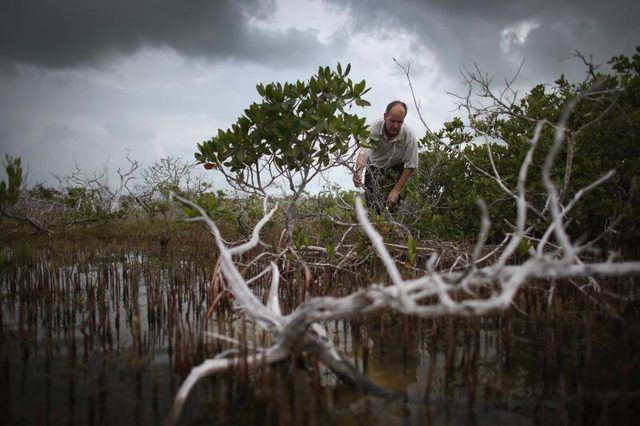Bulbs
Flower Basics
Flower Beds & Specialty Gardens
Flower Garden
Garden Furniture
Garden Gnomes
Garden Seeds
Garden Sheds
Garden Statues
Garden Tools & Supplies
Gardening Basics
Green & Organic
Groundcovers & Vines
Growing Annuals
Growing Basil
Growing Beans
Growing Berries
Growing Blueberries
Growing Cactus
Growing Corn
Growing Cotton
Growing Edibles
Growing Flowers
Growing Garlic
Growing Grapes
Growing Grass
Growing Herbs
Growing Jasmine
Growing Mint
Growing Mushrooms
Orchids
Growing Peanuts
Growing Perennials
Growing Plants
Growing Rosemary
Growing Roses
Growing Strawberries
Growing Sunflowers
Growing Thyme
Growing Tomatoes
Growing Tulips
Growing Vegetables
Herb Basics
Herb Garden
Indoor Growing
Landscaping Basics
Landscaping Patios
Landscaping Plants
Landscaping Shrubs
Landscaping Trees
Landscaping Walks & Pathways
Lawn Basics
Lawn Maintenance
Lawn Mowers
Lawn Ornaments
Lawn Planting
Lawn Tools
Outdoor Growing
Overall Landscape Planning
Pests, Weeds & Problems
Plant Basics
Rock Garden
Rose Garden
Shrubs
Soil
Specialty Gardens
Trees
Vegetable Garden
Yard Maintenance
The Effects of Salt Water on Plants
The Effects of Salt Water on Plants. Salt water in low concentrations can harm a plant's health, while high concentrations can be fatal. Although scientific understanding of salt's biological effects has improved over the course of time, the connection between salt and plant death has been known for centuries. In ancient times, salt was used as a...

Salt water in low concentrations can harm a plant's health, while high concentrations can be fatal. Although scientific understanding of salt's biological effects has improved over the course of time, the connection between salt and plant death has been known for centuries. In ancient times, salt was used as a low-tech biological weapon. Forces would spray salt all around the opposing side's crops, destroying food sources and starving the enemy.
Where Does Salt Come From
Salt can come from human intervention in an area or from natural sources in the earth around the plant. Runoff from roads salted during snow and ice storms is a common source of extra salt. Salt also occurs naturally in all soils. When native or deep-rooting plants are removed and replaced with high-rooted plants, water is soaked up before reaching deep enough in the soil to break up the deeper natural salts. Most food crops have high-running roots, and clearing land for farmland can sometimes cause this salt imbalance. Ocean flooding, such as during extreme storm surges, can also introduce salt water into places it normally wouldn't be found along coastlines.
Chemically Speaking
When salt dissolves into soil, the salt's sodium and chloride ions separate. The sodium ions go into the soil and block nutrients that plants need, such as potassium, calcium and magnesium. Instead of these healthy nutrients, chloride ions are absorbed, moving into the leaves and prohibiting photosynthesis. In lesser concentrations, old leaves die out and crop sizes are reduced, while high concentrations may lead to plant death. In perennial plants, the insertion of sodium chloride into their cells can also cause them to lose their cold hardiness. Salt concentration is measured in milliMoles (mM) in chemistry. Some plants will begin to react negatively to salt with a concentration of 50 mM. To put it into perspective, seawater contains about 600 mM, or a 3.5 percent concentration of salt to water. Even a small amount of salt mixed into water can put plants under stress.
I'm Parched
Another way salt affects plants is similar to how it affects humans: it dehydrates. After eating a very salty meal, humans usually grab a drink to wash it down, which dilutes the salt content in their bodies. Plants don't have this luxury and have to rely on the environment or people to add water to their environment. Salt not only blocks absorption chemically, but it also absorbs and drinks much of the water that is placed around it as well. Even when there appears to be enough water, the plant can still be thirsty.
Resisting Dehydration
There are very few plants that can fight off the negative effects of salt. These are generally found under the genera Atriplex and Frankenia. These plants are native to coastal lands or saline waterways. They have adapted to completely tolerate the addition of sodium and chloride, or they have built-in measures to minimize the concentration of salt before it reaches their leaves. Some plants have special glands for secreting the excess salts, while others increase their water content to lower the concentration and minimize the toxicity.